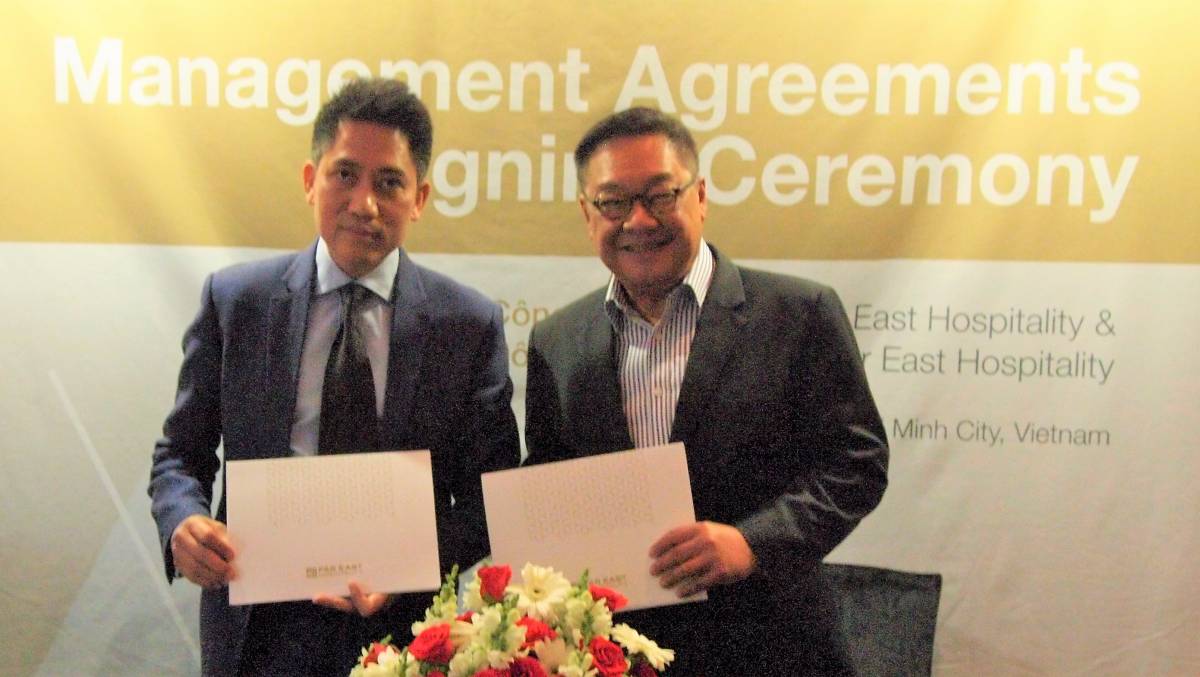FAR EAST HOSPITALITY EXPANDS REGIONAL PRESENCE INTO VIETNAM
Mr. Tran Thanh Hai, CEO of Five Elements Development (left) and Mr Arthur Kiong, CEO of Far East Hospitality (right)

Singapore, 17 April 2019 – “Vietnam is one of the fastest growing tourism markets in the world with double-digit percentage increases in the country’s international arrivals since 2015. Furthermore, the Vietnamese government has also set a goal of 20 million foreign visitors by 2020,” said Mr Arthur Kiong, Chief Executive Officer of Far East Hospitality explaining why Far East Hospitality, one of the leading operators of hotels and serviced residences, is expanding its regional footprint into Vietnam. “Given the robust growth ahead,” stated Mr Kiong, “we see this partnership with Five Elements as a timely and strategic one to uplift Vietnam’s hospitality industry.”
The homegrown Singapore company has signed a hotel management and technical services agreement with Five Elements Development, a real estate development company with a strategic focus in hospitality, to manage two boutique hotels – Lê Công Kiều Hotel and Ngô Văn Năm Hotel. Both hotels are set to open in Ho Chi Minh City by end of 2019. Under these agree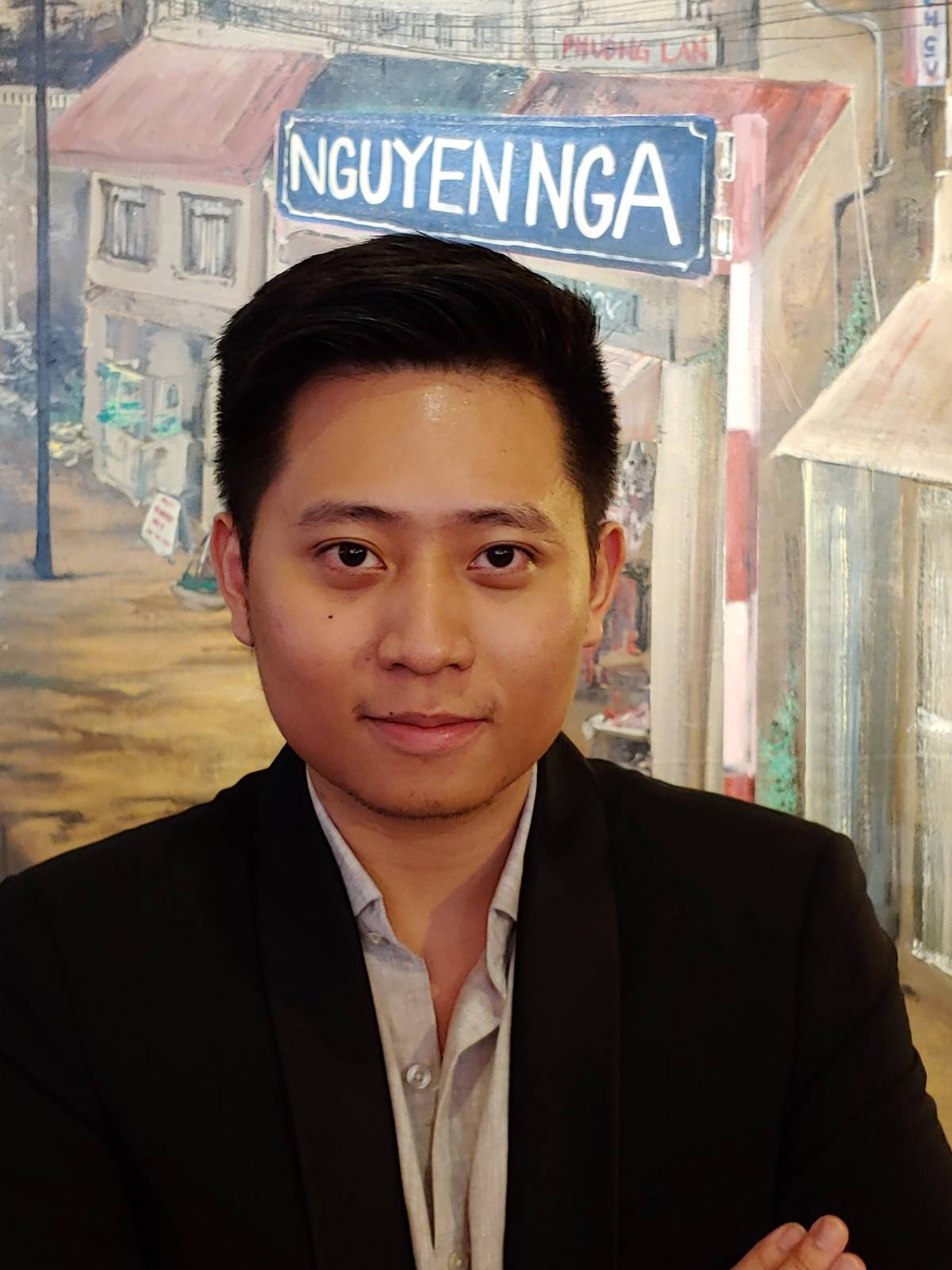 ments, Far East Hospitality’s responsibilities include hotel operations and sales & marketing functions. Far East Hospitality will also act as a consultant during the design, planning, and construction stages of the hotels.
ments, Far East Hospitality’s responsibilities include hotel operations and sales & marketing functions. Far East Hospitality will also act as a consultant during the design, planning, and construction stages of the hotels.
Mr Kiong and Mr Tran Hai Dang, (pictured right) Director of Assets Management, Five Elements Development, hosted a media lunch in Singapore where they outlined the nature of the agreement and their plans for hotel development in Vietnam.
Mr Tran said they plan to add hotels in Hanoi and Danang in the coming years. “Ho Chi Minh City will be our first priority for expansion with Hanoi and Danang being number 2 and number 2. They are both important markets,” Mr Tran noted. The hotels will be in the price range of US$200 - $300 and be smaller hotels, not big monoliths.
“We are not a Marriott or Hilton,” Mr Kiong put in. “Each of our hotels will have its own character that will reflect the area that it is in and the people we hope to attract. We will do all we can to meet their particular needs. We approach hospitality in a particularly Singaporean way. We provide comfort without excess, attention without pretense and we want to be relevant in an elegant way.”
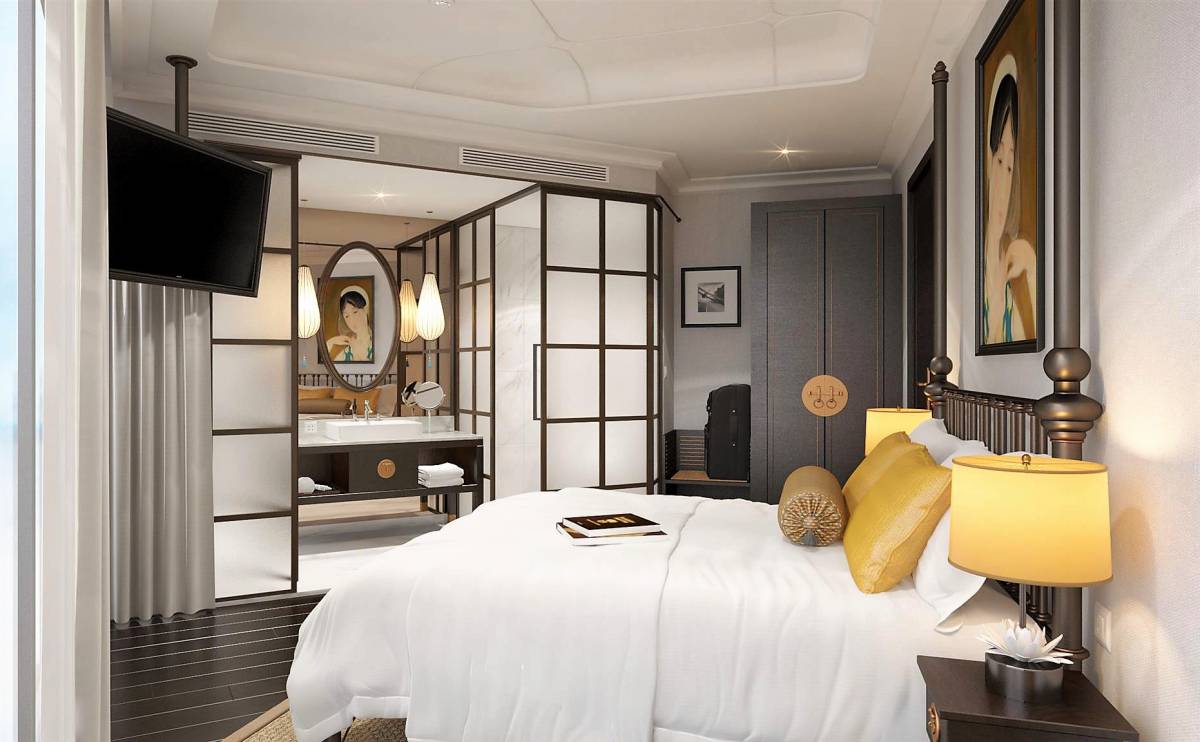
Lê Công Kiều Hotel, (pictured above) a 56-key property, will be located along the Lê Công Kiều street – a well-known antique shopping street in Saigon, while Ngô Văn Năm Hotel, a 30-room property, will be located in the heart of HCMC’s Japan town. The décor of the Ngô Văn Năm Hotel has a distinctly Japanese look (pictured below). Both hotels are strategically located at District 1 and are within a 20-minute and 15-minute drive from Tan Son Nhat International Airport and Saigon Railway Station respectively.
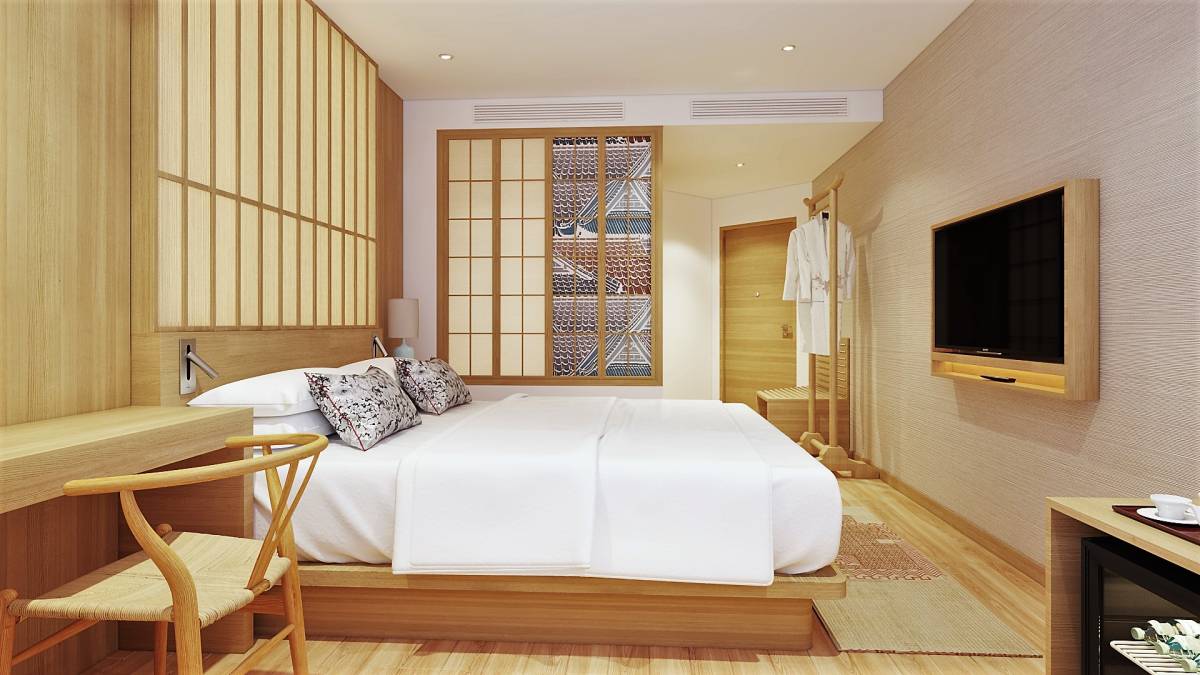
Guests with a keen eye for handicrafts can visit the Ben Thanh Market which is known for its Vietnamese art and souvenirs, while those who seek historical insights can take in the Independence Palace, the War Remnants Museum, the Post Office, Saigon Notre-Dame Cathedral Basilica, and the Saigon Museum of History.
“Five Elements Development was in search of a reputable management partner and one of the key criteria was the ability to provide quality guest services,” Mr. Tran Thanh Hai, Chief Executive Officer of Five Elements Development, said at the signing ceremony in HCMC. “We learned that two of Far East Hospitality’s boutique properties – AMOY and Quincy – have continuously been ranked among the Top 5 hotels for quality services according to TripAdvisor’s Traveller Choice Award. This track record of delivering high-quality, and differentiated offerings gives us the confidence that Far East Hospitality is the right partne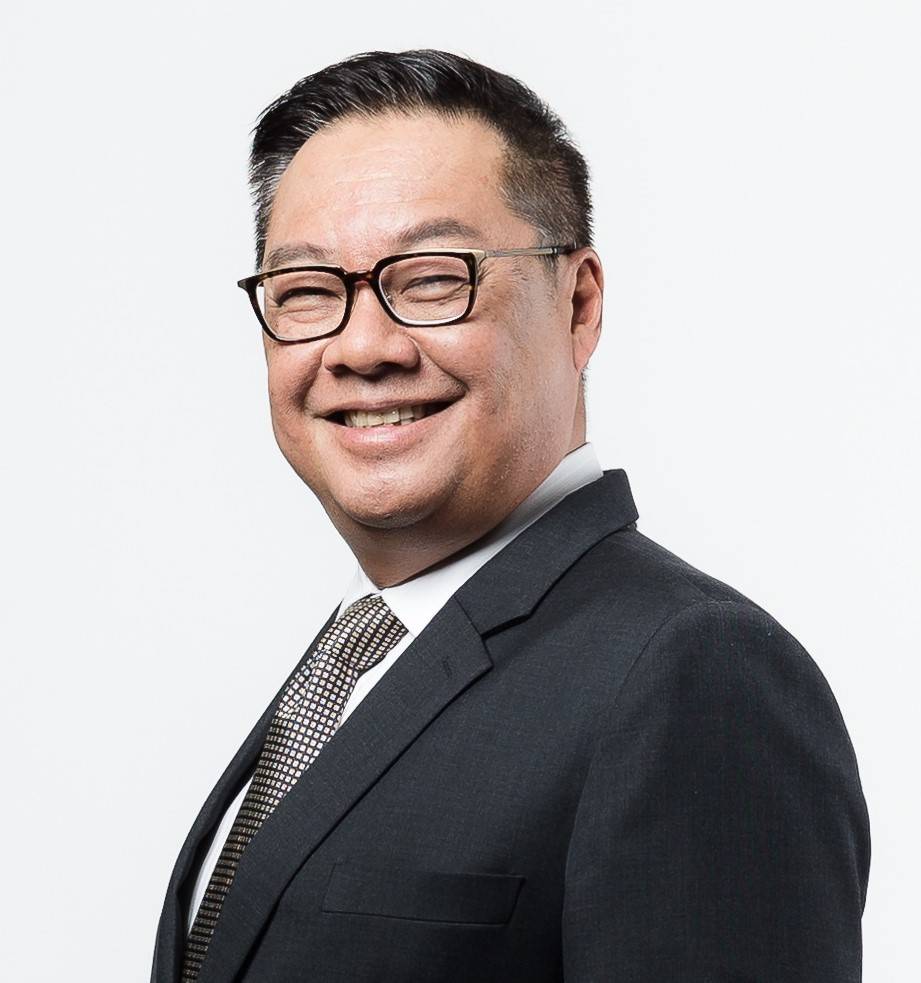 r for us. We are excited to work together on this journey to propel Vietnam's hospitality scene.”
r for us. We are excited to work together on this journey to propel Vietnam's hospitality scene.”
Mr Kiong, (pictured right) who earned the Special Recognition Award by Singapore Tourism Board in 2016, explained his approach to marketing a property. “If our target market is older, European we give them stories about the hotel and the area’s history. We know that they are interested in the culture and history of the area so that is what we use to promote the property. If it is a younger demographic then there is an emphasis on technology, making sure they stay connected and have opportunities to take lots of photos for their Instagram accounts.”



